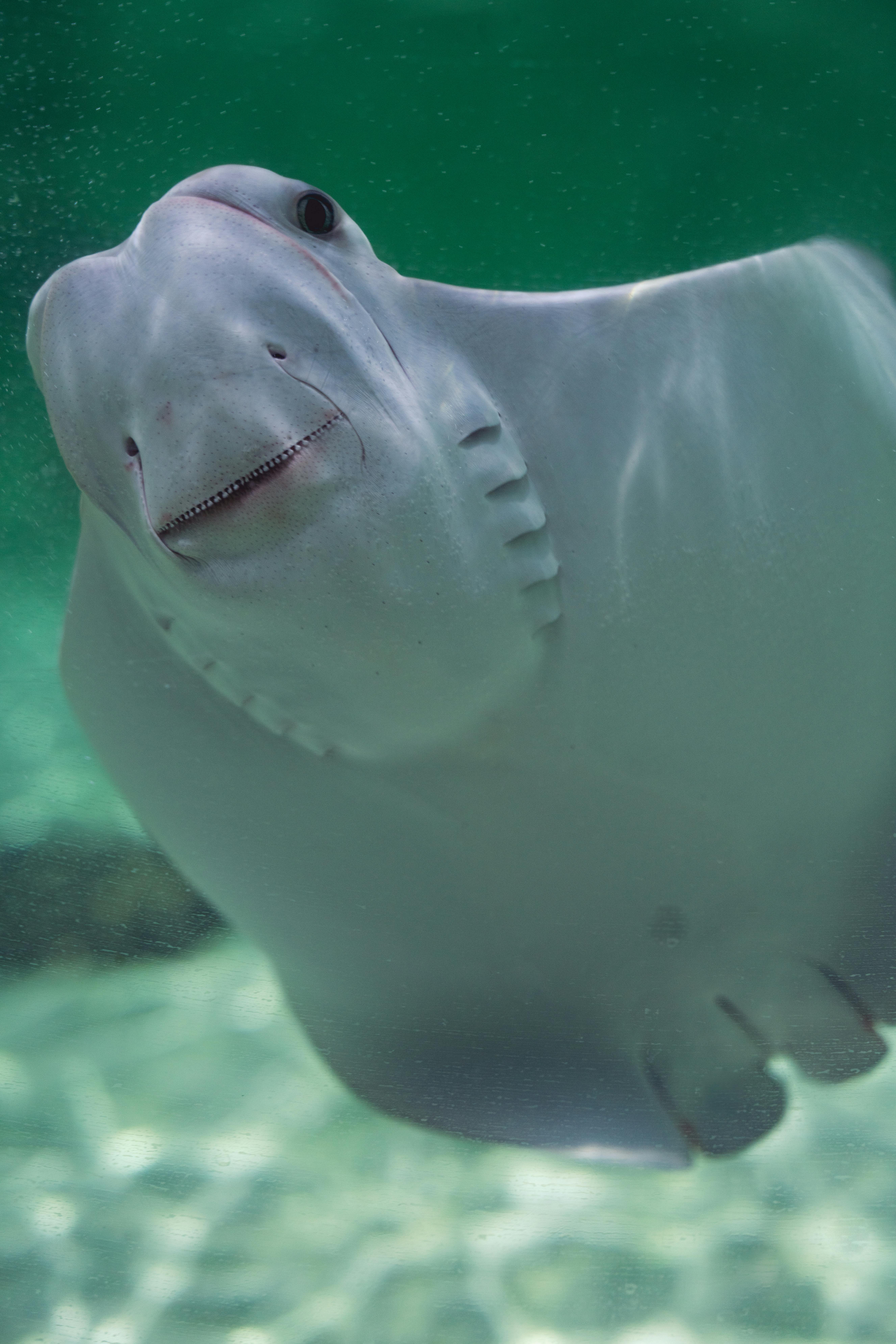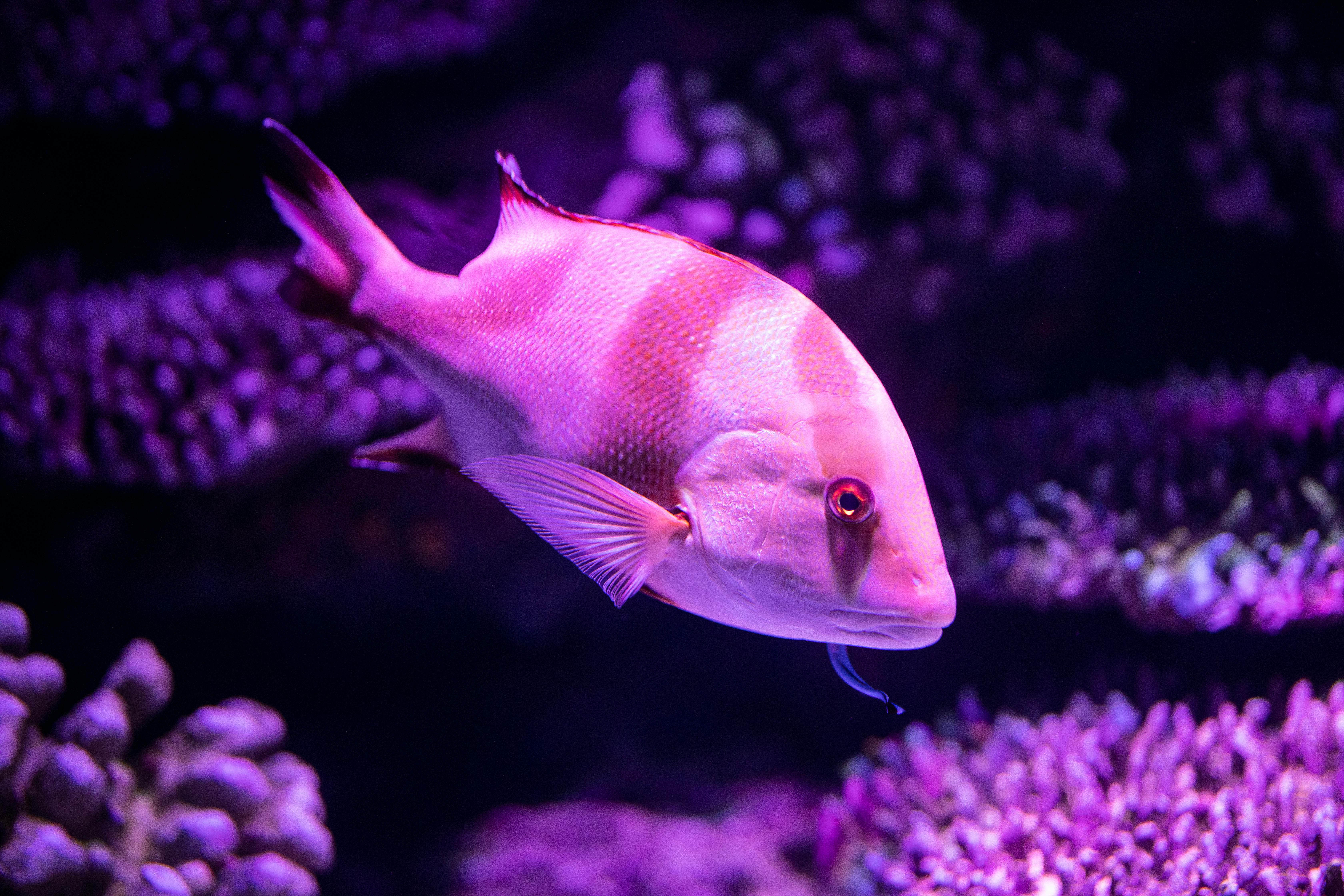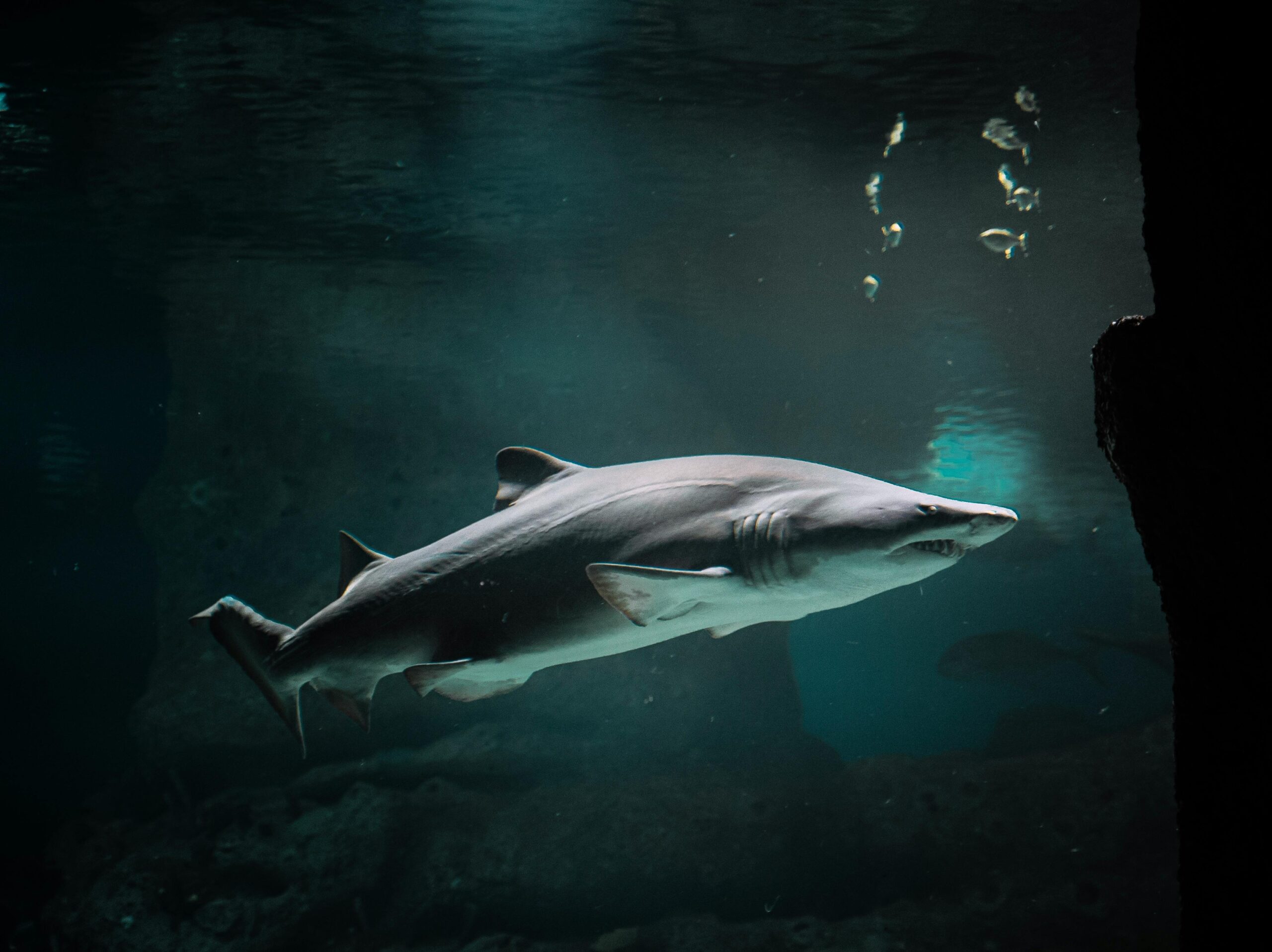Simple Guide to Setting Up a Starter Fish Tank in 2025: Get Started Today!
Setting up a starter fish tank can be an exciting journey for beginners looking to dive into the world of aquariums. A well-setup fish tank not only enhances the beauty of your space but also offers a fulfilling hobby that teaches responsibility and patience. In 2025, there are more options than ever for aspiring aquarium enthusiasts, from selecting the best aquarium starter kit to understanding the essentials of maintenance and care. In this guide, we will explore the fundamental steps needed to create a thriving aquatic environment, ensuring your fish live healthy and happy lives.
Throughout the article, you’ll learn about crucial aspects such as tank cycling, fish compatibility, tank size recommendations, and maintaining water quality. Additionally, we’ll cover the basics of selecting equipment, fish types, and decorating your tank. Whether you’re interested in freshwater fish care or creating a stunning aquascape, this guide is tailored for those just starting their aquarium journey.

Essential Steps for Setting Up Your Starter Fish Tank
Building a starter fish tank begins with understanding the essential steps needed to create a healthy aquarium environment. After you’ve researched and selected the right tank size and type, getting the basic setup right is crucial. The following sections will guide you through these vital steps, equipping you with the knowledge needed for success.
Choosing the Right Tank Size
When selecting a fish tank, size truly matters. The size of your aquarium directly impacts the health of the fish you keep. Larger tanks offer a more stable environment, making it easier to maintain water quality and temperature. A common recommendation for beginners is starting with at least a 20-gallon tank. This size is ideal for various fish species and provides more room for growth and aquascaping.
Smaller tanks may seem appealing due to their cost and space-saving benefits, but they require more frequent maintenance and present challenges in maintaining stable water conditions. Always consider the type and number of fish you plan to keep when choosing a tank size.
Essential Equipment and Accessories
Setting up an aquarium requires specific equipment to ensure a thriving environment. Key accessories include a reliable filtration system, heater, lighting, and substrate. The filtration system is essential for maintaining water quality by removing toxins and debris, while a heater ensures the water temperature remains suitable for your chosen fish species. LED aquarium lights are especially popular in modern setups, providing energy efficiency and vibrant illumination for both fish and plants.
Don’t forget about the substrate, as it impacts the tank’s aesthetic and provides essential nutrients for plant roots. Research various aquarium plants for beginners to incorporate greenery into your setup, as plants help in oxygenating the water and maintaining a balanced ecosystem.
Understanding the Tank Cycling Process
Establishing a tank cycling process is crucial before introducing fish. Tank cycling involves cultivating beneficial bacteria that break down harmful ammonia and nitrites produced by fish waste. This usually takes about 4-6 weeks and can be conducted using methods like the fishless cycle or introducing a few hardy fish initially.
Monitoring water parameters, such as pH, ammonia, nitrite, and nitrate levels, is essential during this phase to ensure your tank is ready for fish. Regular testing allows you to address any issues promptly and create a stable environment for aquatic life.
Choosing Compatible Fish for Your New Tank
Once your tank is cycled, it’s time to consider what fish will inhabit this new world. Choosing compatible fish is key to a successful aquarium and helps maintain harmony in your aquatic community.
Top Fish Choices for Beginners
There are numerous species ideal for novice fishkeepers, including Betta fish, Tetras, and Guppies. Each of these fish is relatively easy to care for and come in a variety of colors and sizes, making them perfect for a beginner’s aquarium. Betta fish are particularly popular due to their striking appearance and personality.
Before making your final decision, consult a fish compatibility chart to ensure that chosen species can cohabit without stress or aggression.
Understanding Fish Behavior and Compatibility
Every fish species has unique behaviors that can impact its compatibility with others. Some are territorial, while others thrive in community settings. Engaging in fish behavior observation can provide insight into how your chosen fish interact, which is vital for maintaining a peaceful tank environment. Understanding their social dynamics can prevent potential stress or aggression that might arise.
When introducing new fish to an established aquarium, consider acclimatization techniques to minimize stress. Gradually introducing fish over a period while observing any signs of distress ensures a smoother transition for your aquatic pets.

Maintaining a Healthy Aquarium Environment
Post-setup, keeping your fish tank in optimal condition is an ongoing task that requires attention to various maintenance practices. This section will discuss crucial aspects of aquarium care, ensuring you create a sustainable environment for your fish.
Water Quality Management
Maintaining water quality is one of the most important aspects of fish tank care. Regular water changes, ranging from 10-20% weekly, will help to remove pollutants and replenish essential minerals. Use a water conditioner to eliminate harmful chemicals before adding tap water to your tank.
Additionally, testing your water weekly during the initial cycle can provide critical information about pH levels and other factors influencing fish health. Keeping these parameters consistent helps in reducing stress on your fish and contributes to their overall well-being.
Feeding Your Fish Properly
Understanding how to feed aquarium fish is integral to their health. Each species has different dietary needs, so providing species-specific food is essential. Opt for high-quality fish food that contains the necessary nutrients to keep your fish healthy.
It’s also vital to establish a routine and avoid overfeeding, as this can lead to water quality issues. Observing fish behavior during feeding can help you identify their needs and preferences, ensuring your fish receive the best diet possible.
Decorating Your Fish Tank
One of the joys of fishkeeping is creating a visually appealing environment for your aquatic pets. Aquascaping can not only improve the aesthetics of your aquarium but also benefit your fish’s health.
Essential Aquascaping Ideas
Incorporate live plants and natural decorations to simulate the fish’s natural habitat. Plants provide hiding spots and reduce stress levels for the fish. Additionally, using rocks, driftwood, or created caves offers enrichment for fish behavior observation.
Consider the layout of your tank, making sure to leave open swimming space while also ensuring there are areas for fish to explore. Using a fish tank design tips resource can help you understand dimensions and placements better.
Enhancing Aesthetic Appeal with Accessories
Aquarium accessories, like decorative rocks and themed ornaments, can provide additional visual interest. However, be mindful of the materials you choose, ensuring they are fish-safe and won’t leach harmful chemicals into the water. Take your time in selecting decorations, as the right elements can create a calming and attractive environment for both you and your fish.
Common Challenges and Troubleshooting Tips
Even with the best setup, fish tanks can face challenges requiring quick response measures. This section discusses common issues and how to address them effectively.
Identifying Common Fish Tank Problems
Regular monitoring of your tank will allow you to identify potential issues early on. Watch for signs of distress in fish, such as unusual swimming patterns or lack of appetite. Algae growth can also signal imbalances in the tank ecosystem or incorrect lighting.
Successful Troubleshooting Techniques
When challenges arise, having a troubleshooting guide can assist in finding solutions. Depending on the problem, treatment options may include adjusting filtration, changing water more frequently, or even treating the tank with medications for common diseases. Working on maintaining water quality and providing proper care will prevent many of these issues from arising.
Q&A Section on Setting Up Your Starter Fish Tank
Q: What size fish tank is best for beginners?
A: A 20-gallon tank is typically recommended for beginners as it offers stability and room for growth.
Q: How do I know when my tank is cycled?
A: Your tank is cycled when ammonia and nitrite levels return to zero, and you have measurable nitrate levels.
Q: How often should I clean my fish tank?
A: It is advisable to clean the tank every 1 to 2 weeks, performing partial water changes and maintenance tasks.
Q: What is the best way to introduce new fish?
A: Introduce new fish gradually and monitor their behavior during acclimatization to ensure they adapt well.
Q: How can I improve my fish’s living conditions?
A: Regular water quality testing, maintaining proper temperature, and providing a balanced diet will enhance their living conditions.
Implementing these tips from your starter tank setup will guide you toward successfully maintaining your aquarium. Remember, patience and consistent care are crucial components of a vibrant and healthy fish tank!
